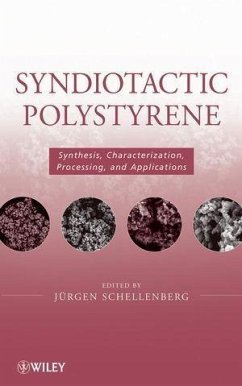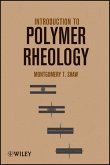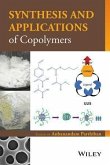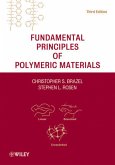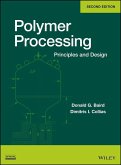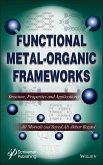Syndiotactic Polystyrene (SPS), synthesized in a laboratory for the first time in 1985, has become commercialized in a very short time, with wide acceptance on the global plastics market. Written by leading experts from academia and industry from all over the world, Syndiotactic Polystyrene offers a comprehensive review of all aspects of SPS of interest to both science and industry, from preparation and properties to applications. This essential reference to SPS covers: * The preparation of syndiotactic polystyrene by half-metallocenes and other transition metal catalysts * The structure and fundamental properties, especially morphology and crystallization and solution behavior * The commercial process for SPS manufacturing * Properties, processing, and applications of syndiotactic polystyrenes * Polymers based on syndiotactic polystyrenes, for example, by functionalization and modification, and nanocomposites Ideal for polymer chemists, physicists, plastics engineers, materials scientists, and all those dealing with plastics manufacturing and processing, this important resource provides the information one needs to compare, select, and integrate an appropriate materials solution for industrial use or research.
Dieser Download kann aus rechtlichen Gründen nur mit Rechnungsadresse in A, B, BG, CY, CZ, D, DK, EW, E, FIN, F, GR, HR, H, IRL, I, LT, L, LR, M, NL, PL, P, R, S, SLO, SK ausgeliefert werden.

